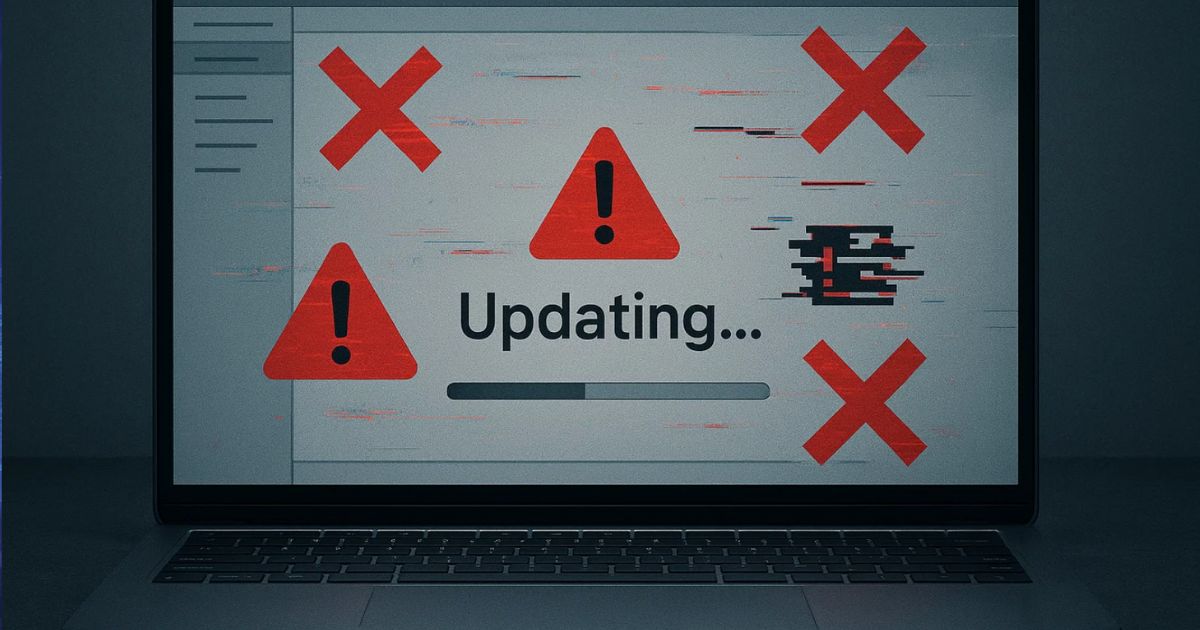Design Law
A basic knowledge of the Law is not enough to deal effectively with design law cases.
A deep understanding of the law is not enough to practice design law effectively. This nuanced area of intellectual property requires not only expertise in trademarks, patents, models, applied arts, and unfair competition, but also a genuine familiarity with the design industry itself. A design law attorney must be able to interpret the aesthetic standards that define products across various sectors.
Canella Camaiora® provides strategic legal counsel for the protection of design projects and represents companies and professionals in disputes concerning the distinctive appearance of products. For the sixth consecutive year (2020–2025), the firm has been recognized by Il Sole 24 Ore–Statista as one of Italy’s top law firms in the field of Intellectual Property. This recognition is based on an independent survey of attorneys, in-house counsel, and clients, and confirms the quality and authority of the firm’s legal work.
If design is the external appearance that adds value to a product, protecting it means safeguarding the creativity and investment that make it unique and marketable.
Do you want to receive now a personalized quote? Click on the “CALCULATE A QUOTE” button below. Answer a few simple questions and you’ll get a quote in less than two minutes.
Canella Camaiora® assists designers, companies, and creative professionals in protecting design where aesthetics play an essential role in product value. This includes furniture, fashion and accessories, household and kitchen items, jewelry and watches, as well as graphic design, retail design, and increasingly, digital design—such as UI/UX interfaces, websites, and mobile applications. In each of these areas, design serves as a decisive competitive asset.
To ensure effective legal protection, the firm offers a comprehensive suite of services tailored to the needs of each project. Legal proficiency must go hand-in-hand with aesthetic awareness.
Design protection is governed by Italian, European, and international law, depending on the territorial scope in which the aesthetic features of a product are to be protected. Under Italian law, a design must meet two essential requirements to be registered: novelty—meaning it must not be identical to any existing, publicly disclosed design—and individual character—it must produce a different overall impression on the informed user compared to prior designs.
Designs may be registered with the Italian Patent and Trademark Office (UIBM) for national protection, the European Union Intellectual Property Office (EUIPO) for EU-wide protection, or through the Hague System managed by WIPO, which enables multi-jurisdictional protection through a single application. In all cases, protection is initially granted for five years and can be renewed in five-year increments for up to 25 years.
The European Union also offers unregistered design protection, which grants automatic protection for three years from the date of the design’s first public disclosure within the EU.
Design protection may be combined with copyright, trademark, and unfair competition law, resulting in a layered and reinforced legal shield. Canella Camaiora® provides end-to-end assistance across all these areas—from registrability assessment to managing international filings—with a technically sound and strategically oriented approach, aimed at leveraging design as a key competitive and brand-building asset.
Design Law
Design Registration
Legal action against imitation and infringement
Design Novelty Search
Protection against unfair competition and counterfeiting
Contract drafting for design exploitation
Legal safeguarding of digital design
Do you want to receive now a personalized quote? Click on the “CALCULATE A QUOTE” button below. Answer a few simple questions and you’ll get a quote in less than two minutes.

Just cause dismissal: when courts uphold employer decisions
Dismissal for just cause is the most severe form of employment termination. It is a measure the employer may adopt when an event occurs that [...]
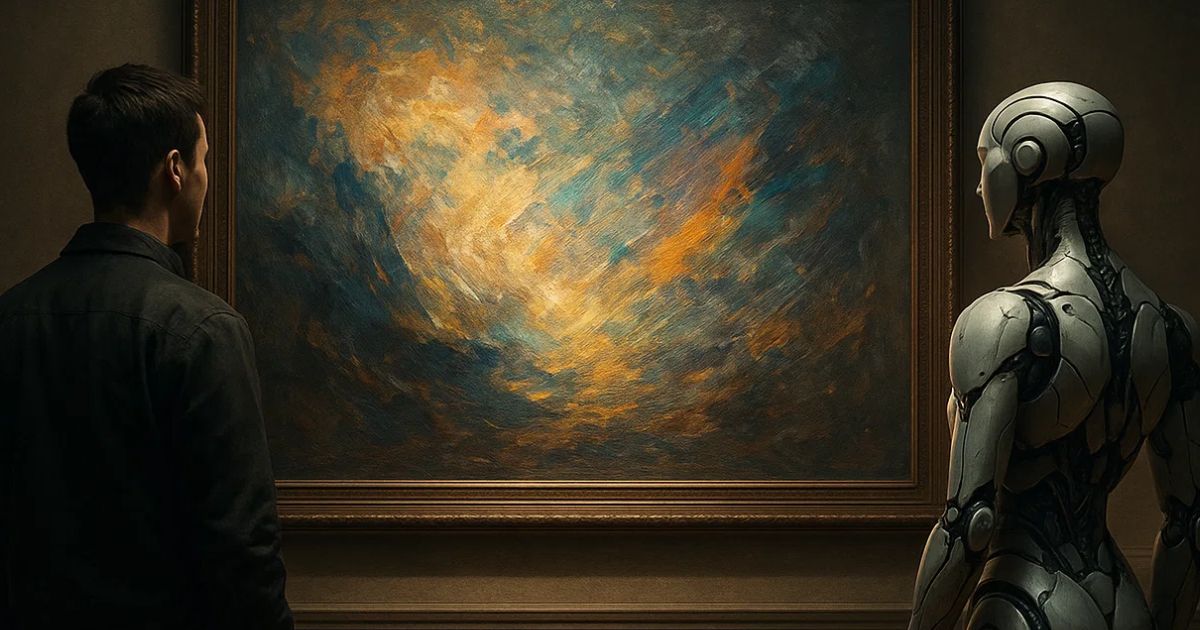
Artificial intelligence and copyright: creativity remains (still) human
In Italy, the relationship between artificial intelligence and copyright is taking clearer shape, thanks to an initial ruling by the Italian Supreme Court and a [...]
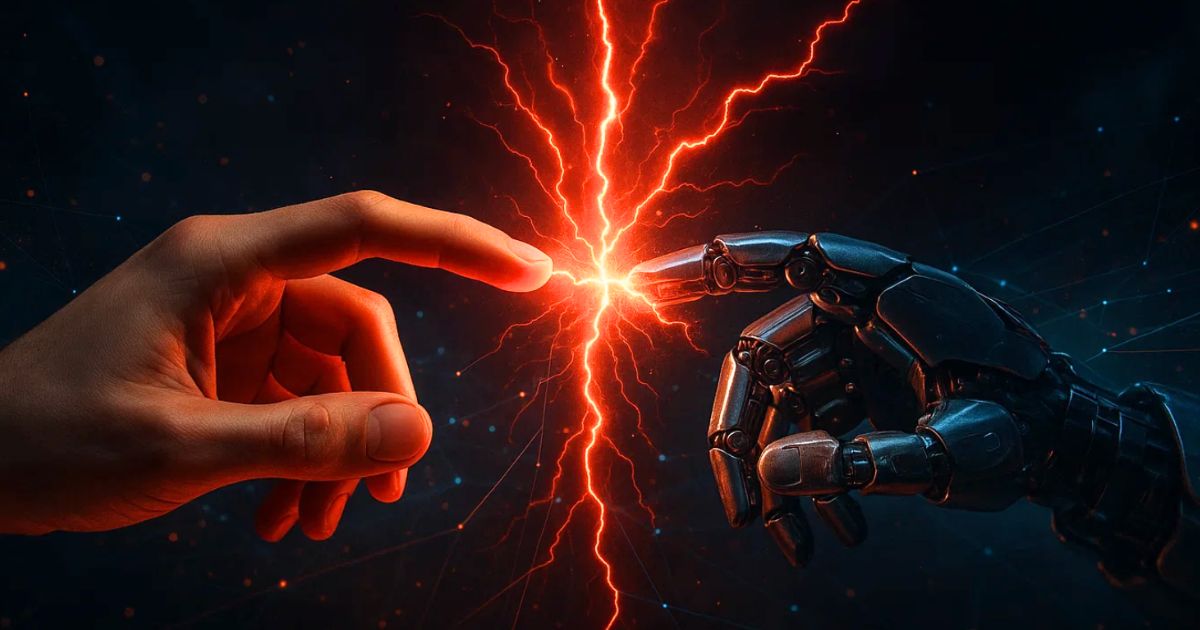
Is the software house liable if custom software doesn’t work?
When a company commissions the development of custom software from an external provider, it rightfully expects a working, reliable product delivered on time. However, delays, [...]

Corporate software: how to terminate the contractual relationship with the developer without losing your rights
Terminating a software development project can be a critical juncture for any company—especially in the absence of adequate contractual safeguards. What’s at stake is not [...]
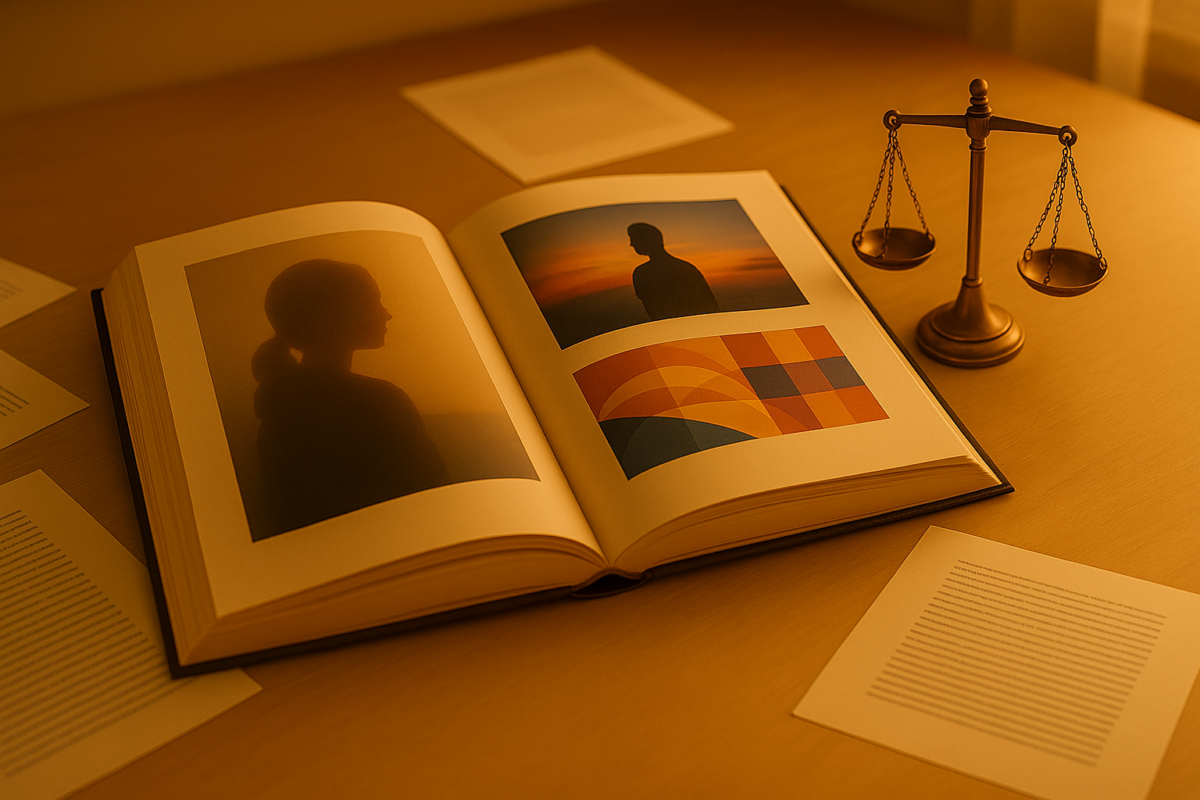
Copyright and images in book publishing: legal guidelines
In the publishing industry, the use of images is never a neutral act. Every photograph, drawing, or illustration may be protected under copyright law, and [...]

Employment stability clauses: when they are valid and what they involve
The stability clause, also known as a minimum duration clause, is an increasingly common feature in employment contracts, particularly in contexts where the company invests [...]
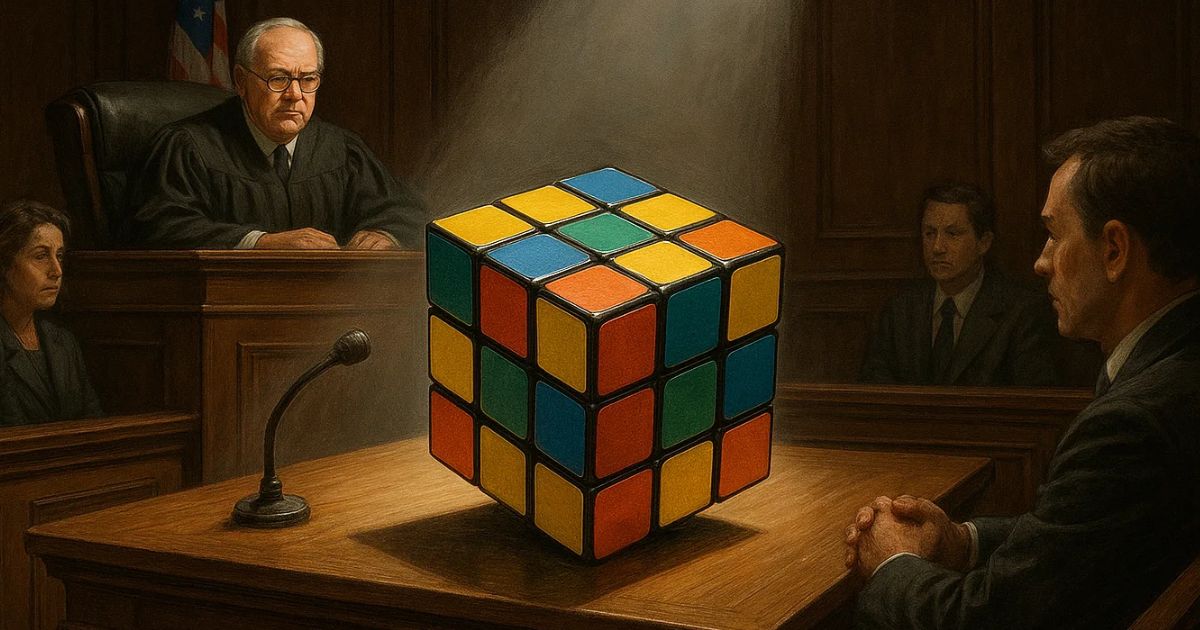
That “artistic value” the European Union doesn’t require (but Italy does)
On April 30, 2025, the Venice Court prohibited the sale of a three-dimensional puzzle called the “Cubo Teorema,” judging it too similar to the famous [...]

“Looks like a sponsor, but isn’t”: the Zalando and UEFA Euro 2020 case
Can a brand appear to be the sponsor of a major sporting event without actually being one? And more importantly: can it do so without [...]

“Cat Nat” insurance for SMEs: what changes in 2025

Defending innovation in the kitchen: patents, designs, and the chef’s secrets

NDA and disloyal clients: the case of stolen projects and confidential materials
